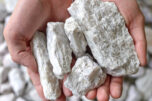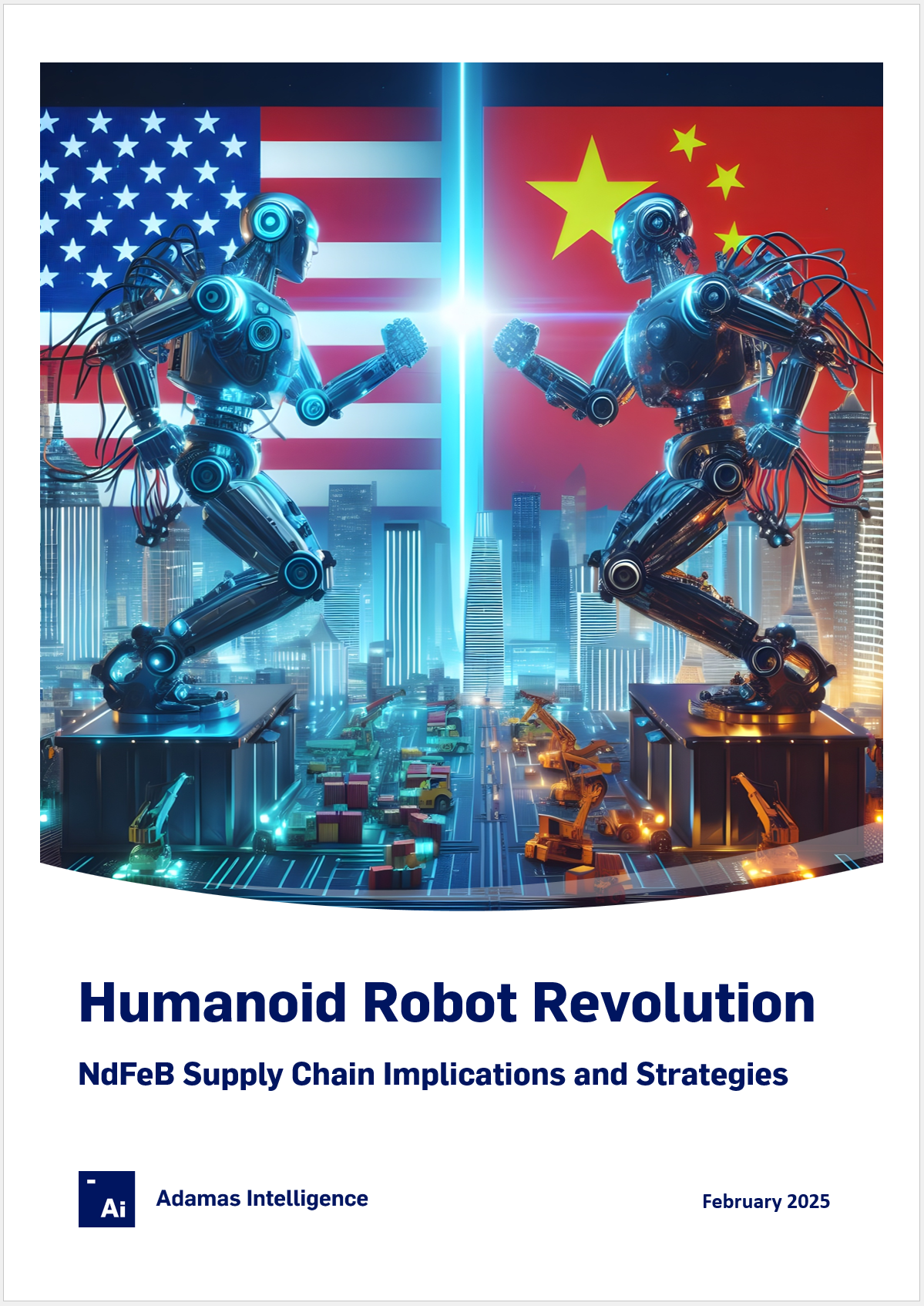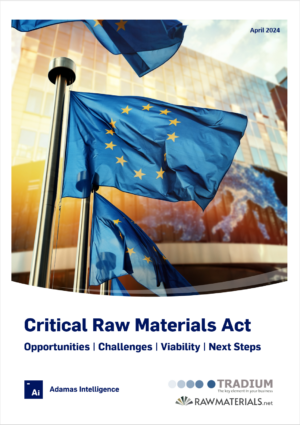Impact and implications of China’s latest battery export restrictions

On October 9th, China’s Ministry of Commerce (MOFCOM) announced the implementation of export control measures related to lithium batteries and synthetic graphite anode materials, effective November 8, 2025.
The announcement came on the same day as MOFCOM extended restrictions on rare earth technology exports, a thinly veiled move to strengthen Beijing’s hand ahead of trade talks between Chinese and U.S. leaders.
The new measures include several notable restrictions:
- Lithium-ion cells and battery packs with gravimetric energy density ≥300 Wh/kg, i.e., those suitable for next-generation EVs.
- Lithium iron phosphate (LFP) cathode active material (CAM) with compaction density ≥2.5 g/cm3 and gram capacity ≥156 mAh/g, i.e. so-called generation 3 and 4 (and above) LFP CAM suitable for mid-market EVs and energy storage.
- Nickel-cobalt-manganese hydroxide (NCM) and Nickel-cobalt-aluminium hydroxide (NCA) precursor cathode active materials (pCAM), i.e. the predominant chemistry of EV batteries manufactured outside of China and which also feeds into the higher-end EV market.
- Graphite anode active materials (AAM), both synthetic and natural/synthetic blends, i.e. those which feed into virtually all lithium-ion batteries.
- A detailed list of associated processing equipment and technologies.
As it relates to the battery industry, the scope is broad yet focuses on specific components of the supply chain where China has a competitive advantage.
Much like we have seen in rare earths, these controls place extensive documentation and licensing requirements on companies exporting these battery-related products, giving China’s Ministry of Commerce the final say.
In our view, it is reasonable to expect short-term volatility in trade flows as suppliers and procurement teams adjust to the new regime.
Leading up to November 8, we may see inventory builds, shortly followed by a lull in activity as licenses await approvals, before a period of relative normalization while counterparties implement diversification strategies to hedge the additional supply risks.
As we saw with rare earths, the timeline for license approval can easily take more than two months, including application clarifications, navigating refusals, and so on.
Ultimately, the move places a firm geopolitical wedge within the global battery supply chain, reasserting Chinese dominance of the industry and its ability to shape market dynamics.






